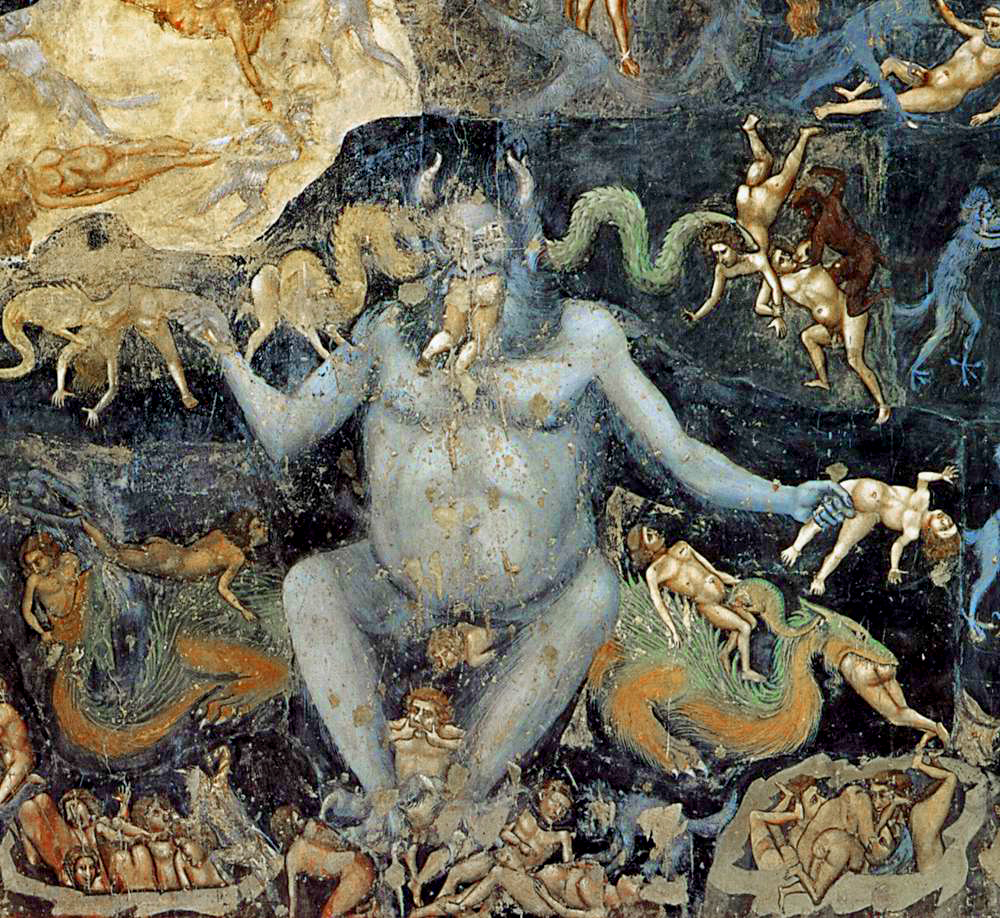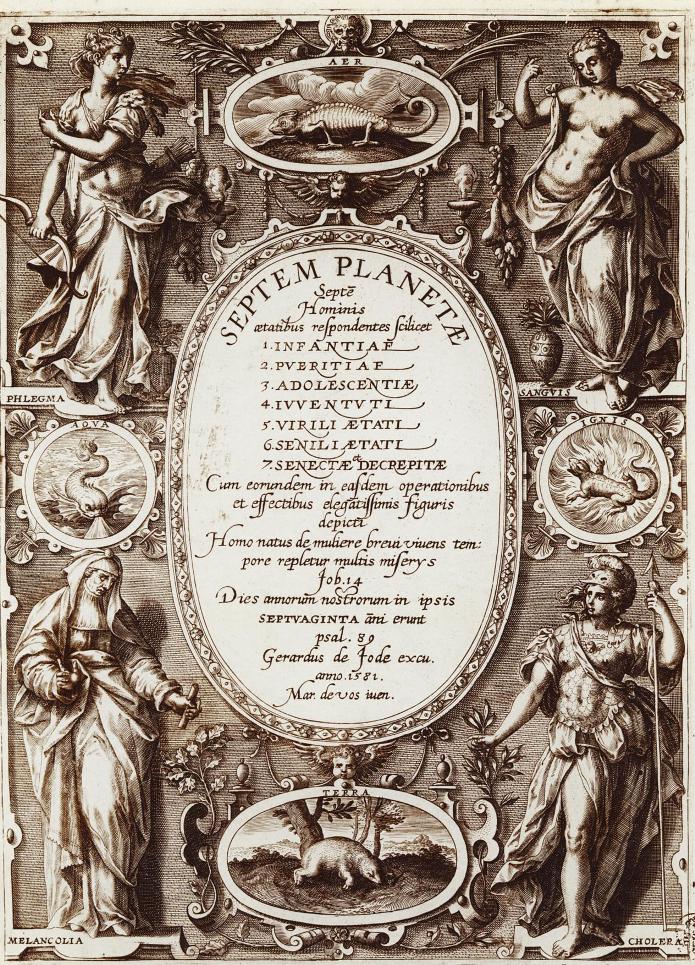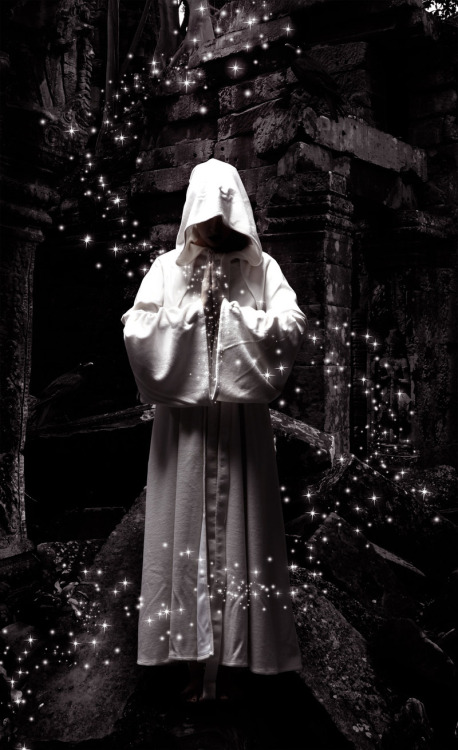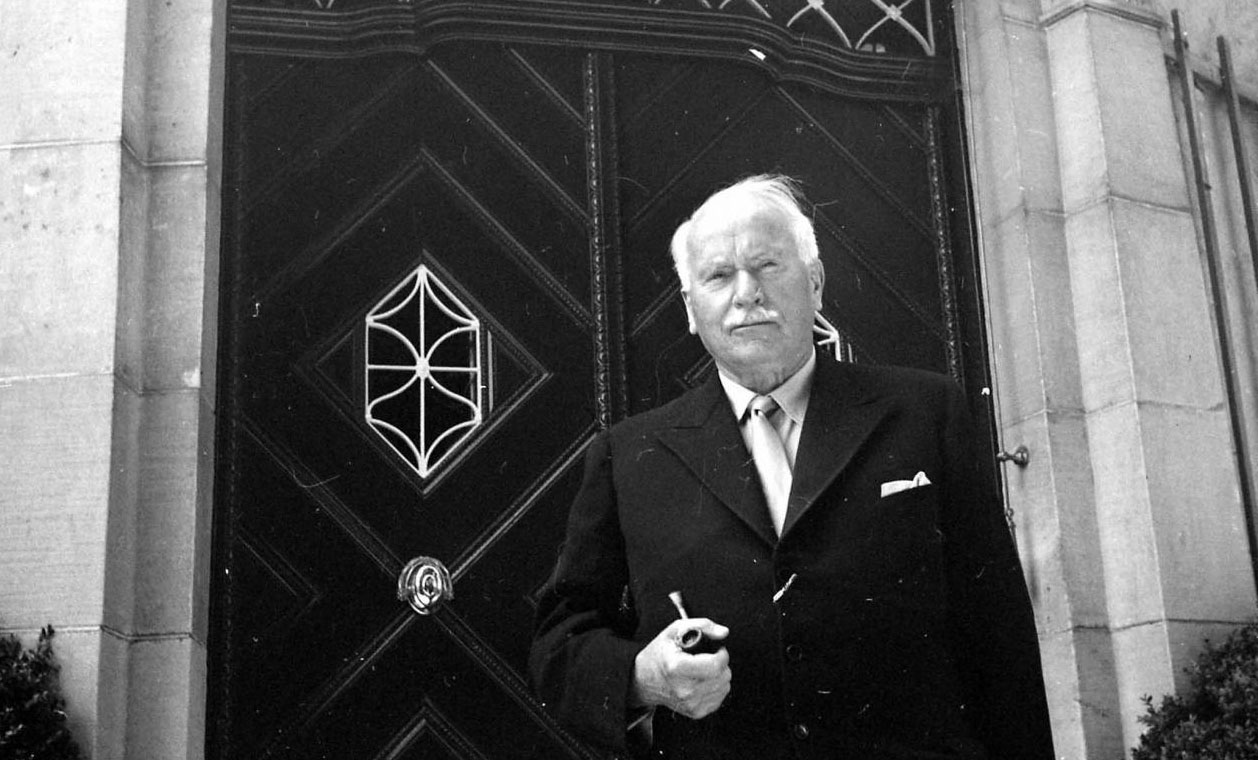Page 228
serted by all good Christians during the Papacy of Paul III., when upon opening a tomb in the Appian Way, at Rome, there was found the entire body of a young girl swimming in a bright liquor which had so well preserved it, that the face was beautiful and like life itself. At her feet burned a lamp, whose flame vanished upon opening the sepulchre. From some engraved signs it was found to have been buried for over 1500 years, and supposed to have been the body of Tulliola, or Tullia, Cicero’s daughter.
Chemists and physicists deny that perpetual lamps are possible, alleging that whatever is resolved into vapor or smoke cannot be permanent, but must consume; and as the oily nutriment of a lighted lamp is exhaled into a vapor, hence the fire cannot be perpetual for want of food. Alchemists, on the other hand, deny that all the nourishment of kindled fire must of necessity be converted into vapor. They say that there are things in nature which will not only resist the force of fire and remain inconsumable, but will also prove inextinguishable by either wind or water. In an old chemical work of the year 1700, called [[Nekrokedeia]], the author gives a number of refutations of the claims of various alchemists. But though he denies that a fire can be made to burn perpetually, he is half-inclined to believe it possible that a lamp should burn several hundred years. Besides, we have a mass of testimony from alchemists who devoted years to these experiments and came to the conclusion that it was possible.
There are some peculiar preparations of gold, silver, and mercury; also of naphtha, petroleum, and other bituminous oils. Alchemists also name the oil of camphor and amber, the Lapis asbestos seu Amianthus, the Lapis Carystius, Cyprius, and Linum vivum seu Creteum, as employed for such lamps. They affirm that such matter can be prepared either of gold or silver, reduced to fluid, and indicate that gold is the fittest pabulum for their wondrous flame, as, of all metals, gold wastes the least when either heated or melted, and, moreover, can be made to reabsorb its oily humidity as soon as exhaled, so continuously feeding its own flame when it is once lighted. The Kabalists assert that the secret was known to Moses, who had learned it from the Egyptians; and that the lamp ordered by the “Lord” to burn on the tabernacle, was an inextinguishable lamp. “And thou shalt command the children of Israel, that they bring thee pure oil-olive beaten for the light, to cause the lamp to burn always” (Exod. xxvii. 20).
Licetus also denies that these lamps were prepared of metal, but on
Page 229
page 44 of his work mentions a preparation of quicksilver filtrated seven times through white sand by fire, of which, he says, lamps were made that would burn perpetually. Both Maturantius and Citesius firmly believe that such a work can be done by a purely chemical process. This liquor of quicksilver was known among alchemists as Aqua Mercurialis, Materia Metallorum, Perpetua Dispositio, and Materia prima Artis, also Oleum Vitri. Tritenheim and Bartolomeo Korndorf both made preparations for the inextinguishable fire, and left their recipes for it.
Asbestos, which was known to the Greeks under the name of [[Asbestos]], or inextinguishable, is a kind of stone, which once set on fire
Page 230
cannot be quenched, as Pliny and Solinus tell us. Albertus Magnus describes it as a stone of an iron color, found mostly in Arabia. It is generally found covered with a hardly-perceptible oleaginous moisture, which upon being approached with a lighted candle will immediately catch fire. Many were the experiments made by chemists to extract from it this indissoluble oil, but they are alleged to have all failed. But, are our chemists prepared to say that the above operation is utterly impracticable? If this oil could once be extracted there can be no question but it would afford a perpetual fuel. The ancients might well boast of having had the secret of it, for, we repeat, there are experimenters living at this day who have done so successfully. Chemists who have vainly tried it, have asserted that the fluid or liquor chemically extracted from that stone was more of a watery than oily nature, and so impure and feculent that it could not burn; others affirmed, on the contrary, that the oil, as soon as exposed to the air, became so thick and solid that it would hardly flow, and when lighted emitted no flame, but escaped in dark smoke; whereas the lamps of the ancients are alleged to have burned with the purest and brightest flame, without emitting the slightest smoke. Kircher, who shows the practicability of purifying it, thinks it so difficult as to be accessible only to the highest adepts of alchemy.

Moe is the founder of GnosticWarrior.com. He is a father, husband, author, martial arts black belt, and an expert in Gnosticism, the occult, and esotericism.







![How the South Saxons received Eadbert and Eolla, and the West Saxons, Daniel and Aldhelm, for their bishops; and of the writings of the same Aldhelm [705 A.D.] | Book 5 | Chapter 17 How the South Saxons received Eadbert and Eolla, and the West Saxons, Daniel and Aldhelm, for their bishops; and of the writings of the same Aldhelm [705 A.D.] | Book 5 | Chapter 17](https://www.gnosticwarrior.com/wp-content/plugins/contextual-related-posts/default.png)